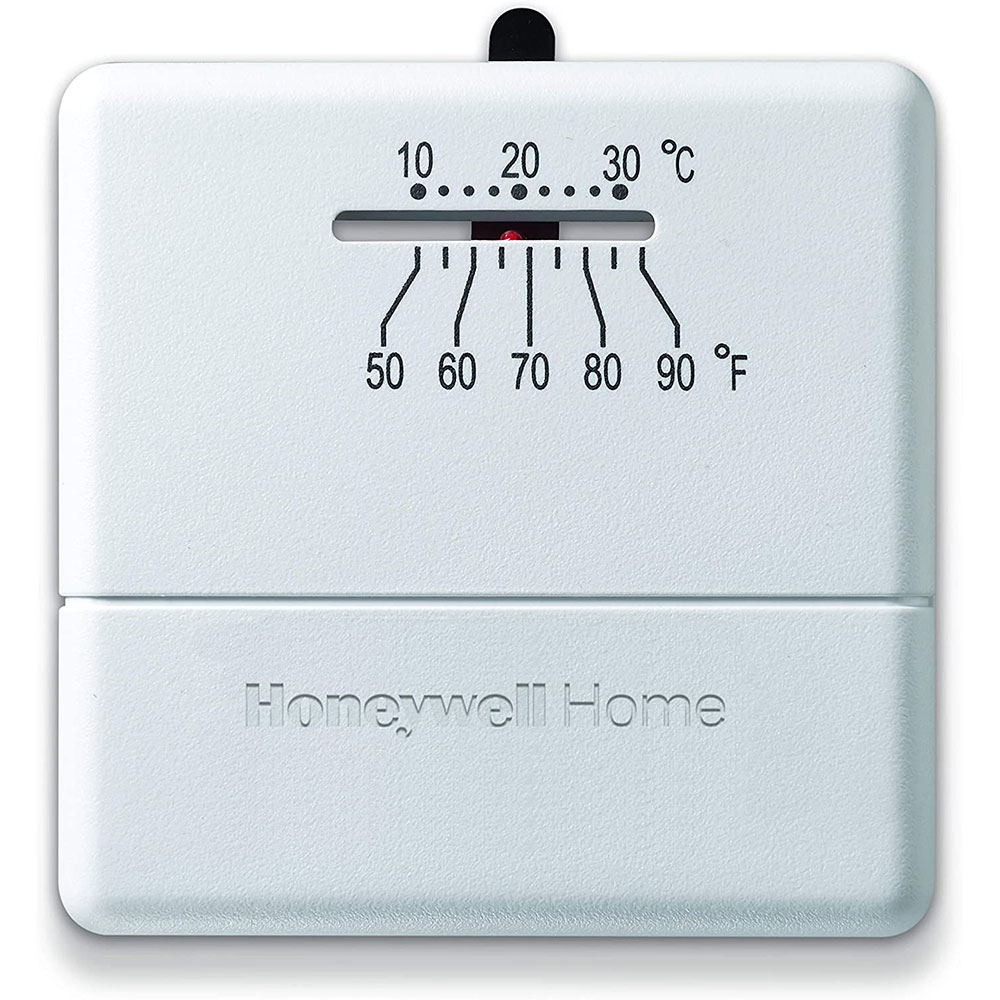in short without a cloud service involved it is challenging to open specific ports on everyone’s home router(thru tech support) to allow internet traffic in if you want remote access to a thermostat.I looked and I found exactly one thermostat that can be controlled remotely and doesn't need a cloud service to work. It costs $500. It has a built-in webserver, like every $25 router out there.
Why nobody makes a thermostat with a built-in webserver that costs less than $500 is beyond me.
If you did not open an internet port there is a cloud service as intermediary to ensure the data from your thermostat can flow. Potentially part of $500 prepays for the cloud service costs you might not be aware of?

